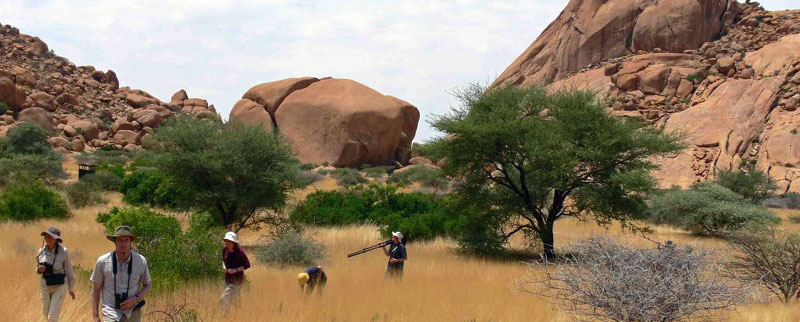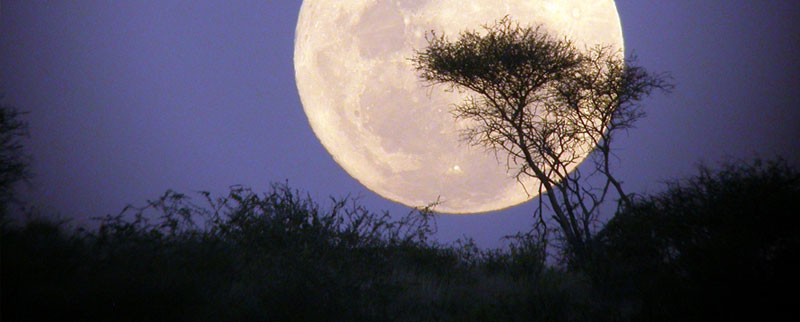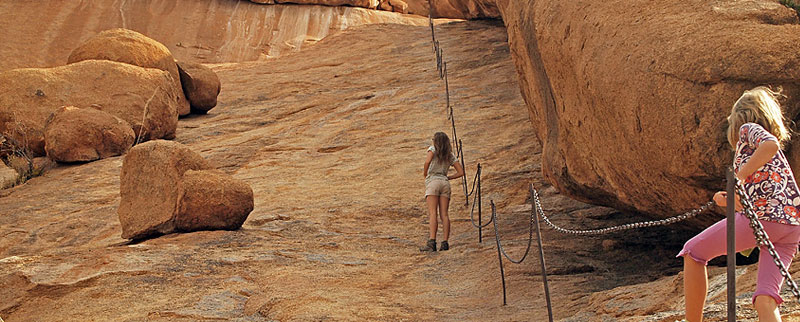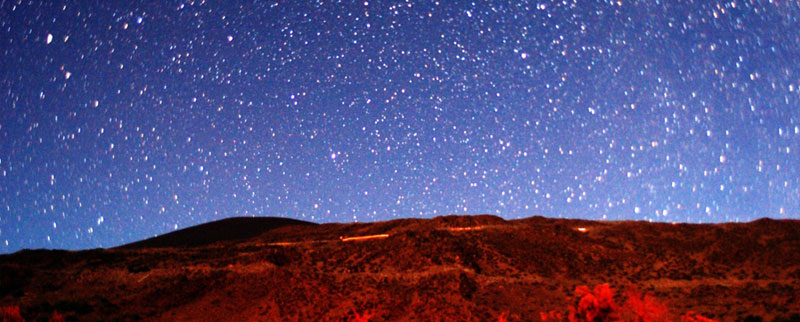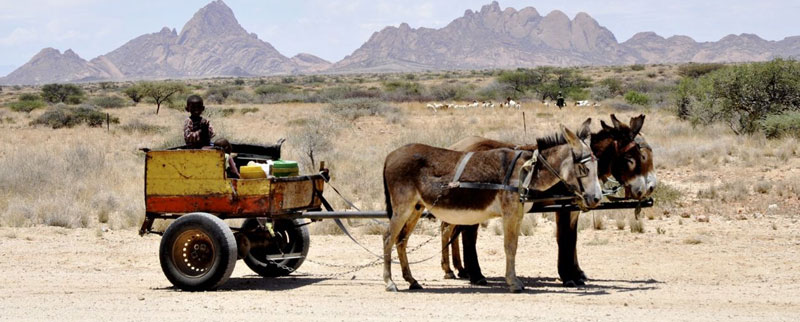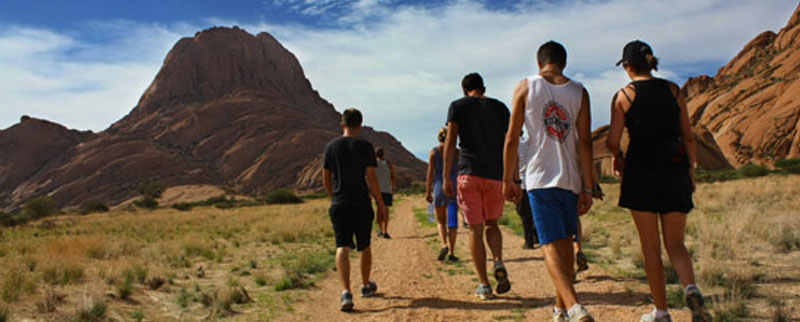Activities
Stargazing
Sunsets are spectacular, but only when night falls you are reminded what that over used word ‘awesome’ truly means. Living in a city and have forgotten the unearthly potential that stars embody. At Spitzkoppe, they stretch from horizon to horizon, shimmering in the dry air, unfettered by light pollution or air pollution.
The dry winter months are particularly good, this is primarily because there are no clouds and the crisp winter air makes for clear viewing. Some of the star constellations that can be seen in the Southern African night skies during the summer months:
- Great Square
- Orion
- Leo
Some of the star constellations that can be during the winter months:
- Southern Cross
- Scorpio
Some of the planets that can be seen during the year:
- Venus
- Mars
- Jupiter
- Saturn
- Active Side of Infinity
- Beyond Suntan Lotion
- Nothing in Moderation
- Watersports
- Herero Arch
- INXS
- SW wall
- Royal Flush
- Herero Chat
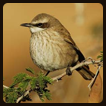
The Herero Chat (Namibornis herero), is a species of bird in the Muscicapidae family. It is monotypic within the genus Namibornis. It is found in Angola and Namibia. Its natural habitat is subtropical or tropical dry shrubland. close
- Rüppell's Bustard
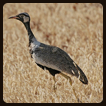
The Rüppell's Bustard (Eupodotis rueppellii), is a species of bird in the family Otididae. It is native to southwestern Africa in Angola and Namibia, occurring in semi-desert habitats. It is a small bustard, only 60 cm long. close
- White-tailed Shrike
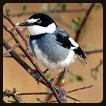
The White-tailed Shrike (Lanioturdus torquatus), is a small passerine bird from the family Platysteiridae. It is also commonly known as the Chatshrike. It occurs only in western Angola and Namibia in thorn scrub. close
- Monteiro's Hornbill
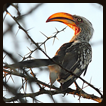
The Monteiro's Hornbill (Tockus monteiri), is an African Hornbill. It is a medium sized bird, with a length between 54 to 58 cm, characterized by a white belly, black back, with white spots on the wings and secondary flight feathers coloured white. close
- Rosy Faced Lovebird
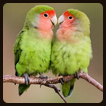
The Rosy Faced Lovebird (Agapornis roseicollis), also known as the Peach-faced Lovebird, is a species of lovebird native to arid regions in southwestern Africa such as the Namib Desert. close
- Stark's Lark
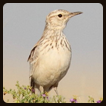
The Stark's Lark (Eremalauda starki), is a species of lark in the Alaudidae family. It is found in Angola, Botswana, Namibia, and South Africa. Its natural habitats are dry savanna and subtropical or tropical dry shrubland. close
- Lark-like Bunting
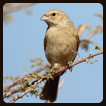
The Lark-like Bunting (Emberiza impetuani), is a species of bird in the Emberizidae family. It is found in Angola, Botswana, Democratic Republic of the Congo, Lesotho, Namibia, South Africa, Swaziland, Zambia, and Zimbabwe. close
- Namaqua Sandgrouse
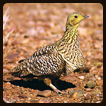
The Namaqua Sandgrouse (Pterocles namaqua), also known as the Ganga Namaqua, is a species of ground-dwelling bird in the sandgrouse family. It is found in arid regions of south-western Africa. close
- Yellow-bellied Eremomela
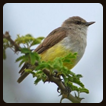
The Yellow-bellied Eremomela (Eremomela icteropygialis), is an Old World warbler. However, the taxonomy of the "African warblers", an assemblage of usually species-poor and apparently rather ancient "odd warblers" from Africa is currently in a state of flux. close
- Chestnut-vented Tit-Babbler
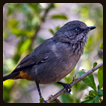
The Chestnut-vented Tit-Babbler (Parisoma subcaeruleum), is an Old World warbler. It is often placed in the genus Sylvia as Sylvia subcaeruleum. close
- Bokmakierie
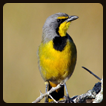
The Bokmakierie (Telophorus zeylonus), is a bushshrike. This family of passerine birds is closely related to the true shrikes in the family Laniidae, and was once included in that group. close
- Lanner Falcon
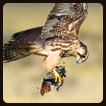
The Lanner Falcon (Falco biarmicus), is a large bird of prey that breeds in Africa, southeast Europe and just into Asia. It is mainly resident, but some birds disperse more widely after the breeding season. close
- Peregrine Falcon
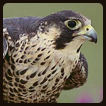
The Peregrine Falcon (Falco peregrinus), is a widespread bird of prey in the family Falconidae. A large, crow-sized falcon, it has a blue-grey back, barred white underparts, and a black head and "moustache". close
- Augur Buzzard
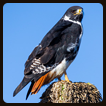
The Augur Buzzard (Buteo augur), is a 55–60 cm long African bird of prey. The taxonomy on this species is confusing, with some taxonomists considering this species, the Jackal Buzzard, and the Archer's Buzzard to be the same superspecies. close
- Greater Kestrel
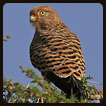
The Greater Kestrel (Falco rupicoloides), is a bird of prey belonging to the falcon family Falconidae. It is one of the largest kestrels and is found in open country in southern and eastern Africa. close
- Martial Eagle
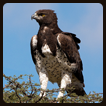
The Martial Eagle (Polemaetus bellicosus), is a large eagle found in open and semi-open habitats of sub-Saharan Africa. It is the only member of the genus Polemaetu. close
- African Hawk-Eagle
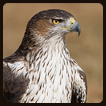
The African Hawk-Eagle (Aquila spilogaster), is a large bird of prey. Like all eagles, it belongs to the family Accipitridae. The African Hawk-Eagle breeds in tropical Sub-Saharan Africa. close
- Black-chested Snake-Eagle
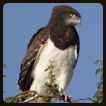
The Black-chested Snake-Eagle (Circaetus pectoralis), is a large African bird of prey of the Accipitridae family. It resembles other snake-eagles and was once believed to be conspecific with the Short-toed Snake Eagle and Beaudouin's Snake Eagle. close
- Ludwig's Bustard
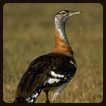
The Ludwig's Bustard (Neotis ludwigii), is a species of bird in the bustard family, and named after Baron von Ludwig. It is a medium-to-large sized species. It is found in Angola, Botswana, Lesotho, Namibia, and South Africa. Its habitats include semi-arid grasslands. close
- Burchell's Courser
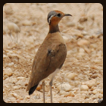
The Burchell's Courser (Cursorius rufus), is a wader in the pratincole and courser family, Glareolidae. Although classed as waders, these are birds of dry open country, preferably semi-desert, where they typically hunt their insect prey by running on the ground. close
Own equipment is necessary.
Climbing
The Gross Spitzkoppe is known as the Matterhorn of Namibia. The Western face was first climbed in 1946 and has since then drawn raves from climbers. Bouldering opportunities are also abundant in the area.
Mountain Club of South Africa - Namibia Section
Hiking / Walking Trails
The Spitzkoppe is known to contain at least 37 rock art sites and test excavations at one of these revealed a well preserved archeological sequence spanning the last 4000 years. Evidence from the excavation include a wide range of stone artifacts used in hunting weaponry and in the preparation of animal hides, as well as the remains of hunted game and plant foods. From this evidence it appears that the Spitzkoppe served as a dry season base with reliable food and water resources. The rock painting sites at Spitzkoppe contain a number of motives that are closely associated with rain making rituals. In Namibia, the archeological evidence of rain making relates to entire landscapes, such as the Spitzkoppe, rather than to individual painted rock shelters.
These sites can only be visited with a guide due to their vulnerability and can be booked at the reception upon arrival.
There are 3 walking routes available:
Pontok Route
+/- 4,5 h
Difficulty - fit
- this route takes you to a look out point on the top of Spitzkoppe.
Matterhorn Route
+/- 6-8 h
Difficulty - very fit
- experienced climber
- no climbing gear needed
- Exposed scrambling for experienced and fit hikers, no climbing gear involved. The steep and exposed hike reaches a high viewpoint not far from the summit.
Bushman Circle Route:
+/- 7 h
Difficulty - fairly fit
- this includes a chain climb up a steep area to the bushmans paradise and afterward a flat walking surface with sand and rock.
*All routes need to be done with a guide
*Groups not exceeding 10 persons
Birding
The habitat around the Spitskoppe is made up primarily of scattered acacia scrub with vegetated washes. Other areas have granite boulders and outcrops, the pogmatitec within these have been formerly mined for semi-precious minerals such as tourmaline, aquamarine, topaz and smoky quartz.
The following bird species can be spotted at the Spitzkoppe:

